Engine stand is a great idea Rick. Could have done with something like that when I was figuring out how best to mount my build No. 3's Gnome et Rhone motor in the frame. Lost count of the times I had that engine in and out of the frame single-handedly while I measured-up for motor mounts prior to having them water jet profiled. My G et R engine weighed a lot less than your Twin - so your engine stand will save you a bunch of un-necessary lifting in and out. (Incidentally, watched an American Pickers episode recently where Mike scored a shop display V-twin motor installed in a mount fabbed from what looked like half a wheel rim).
If I may presume to make a suggestion, assuming you haven't given thought to such detail already; a nice finishing flourish to make your engine's crank casings look like castings would be to include 'cast-on' company lettering as per prototype (see the scale model Anzani engine a few postings back, for example). I used Slaters Plasticard styrene letters on my Indian Tribute build's output sprocket cover with success - pic below. The individual letters were superglued to the cover then over-sprayed and have been capable of withstanding any small amount of heat generated on a gas motor - so you should have no problems if you want to add some 'Harley' lettering to your leccy motor's crank casing. Happy to source Slaters lettering on your behalf if you can't obtain it in the US.
Carry on...

If I may presume to make a suggestion, assuming you haven't given thought to such detail already; a nice finishing flourish to make your engine's crank casings look like castings would be to include 'cast-on' company lettering as per prototype (see the scale model Anzani engine a few postings back, for example). I used Slaters Plasticard styrene letters on my Indian Tribute build's output sprocket cover with success - pic below. The individual letters were superglued to the cover then over-sprayed and have been capable of withstanding any small amount of heat generated on a gas motor - so you should have no problems if you want to add some 'Harley' lettering to your leccy motor's crank casing. Happy to source Slaters lettering on your behalf if you can't obtain it in the US.
Carry on...



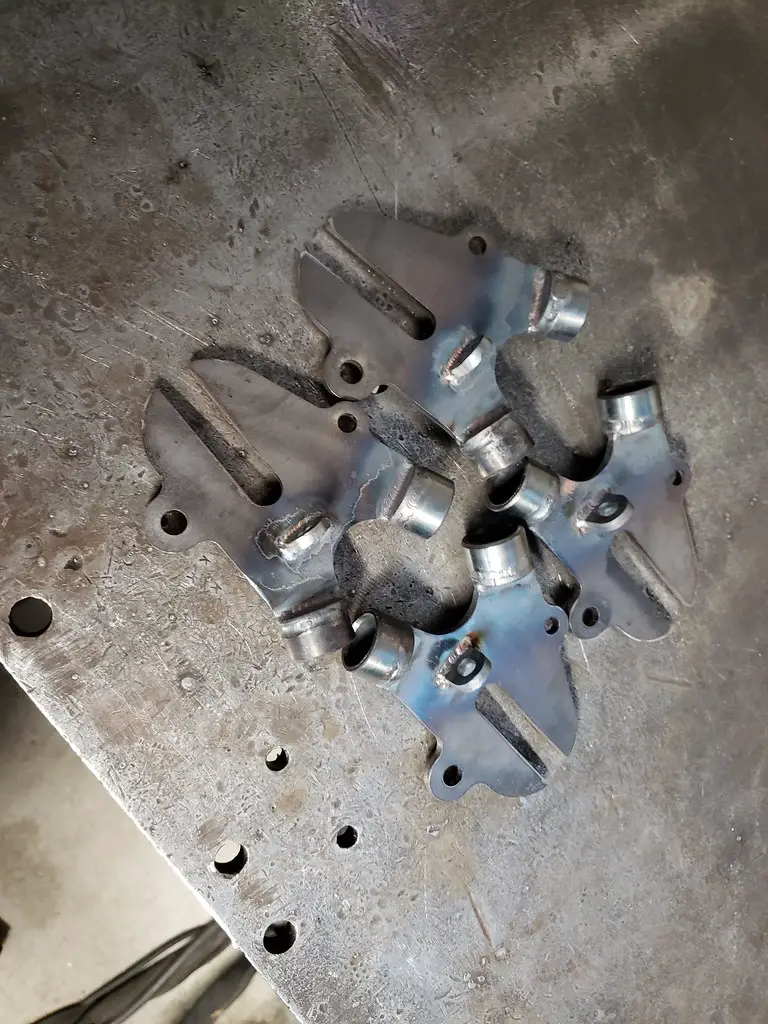 Frame Construction
Frame Construction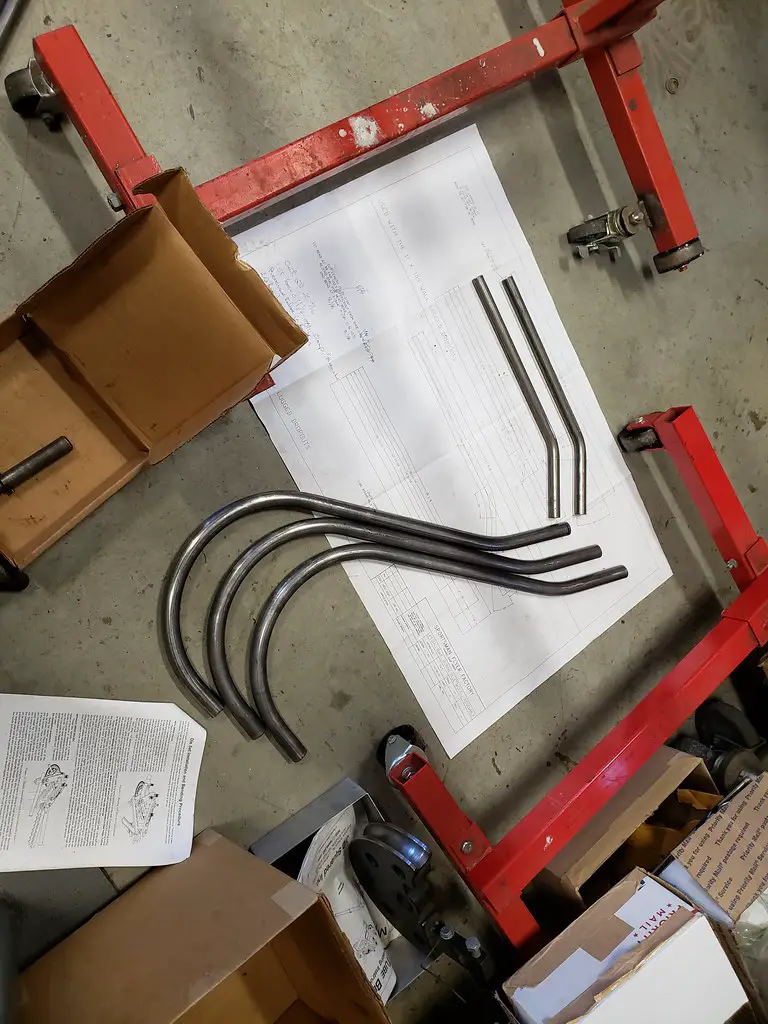 Frame Construction
Frame Construction Frame Construction
Frame Construction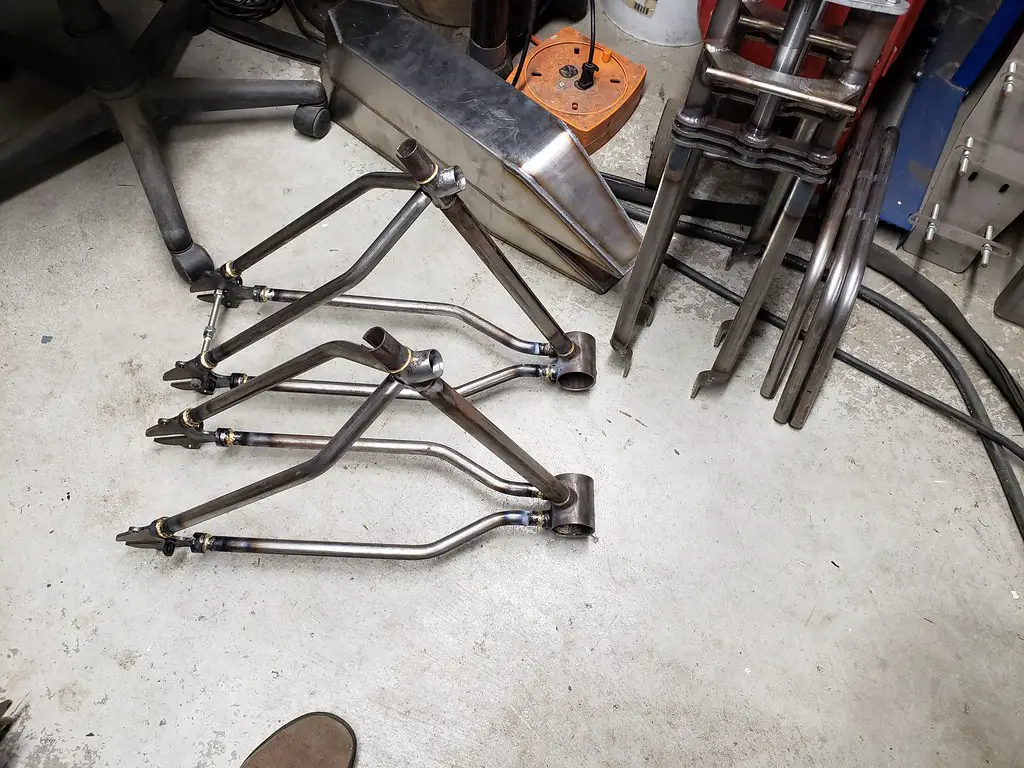 Frame Construction
Frame Construction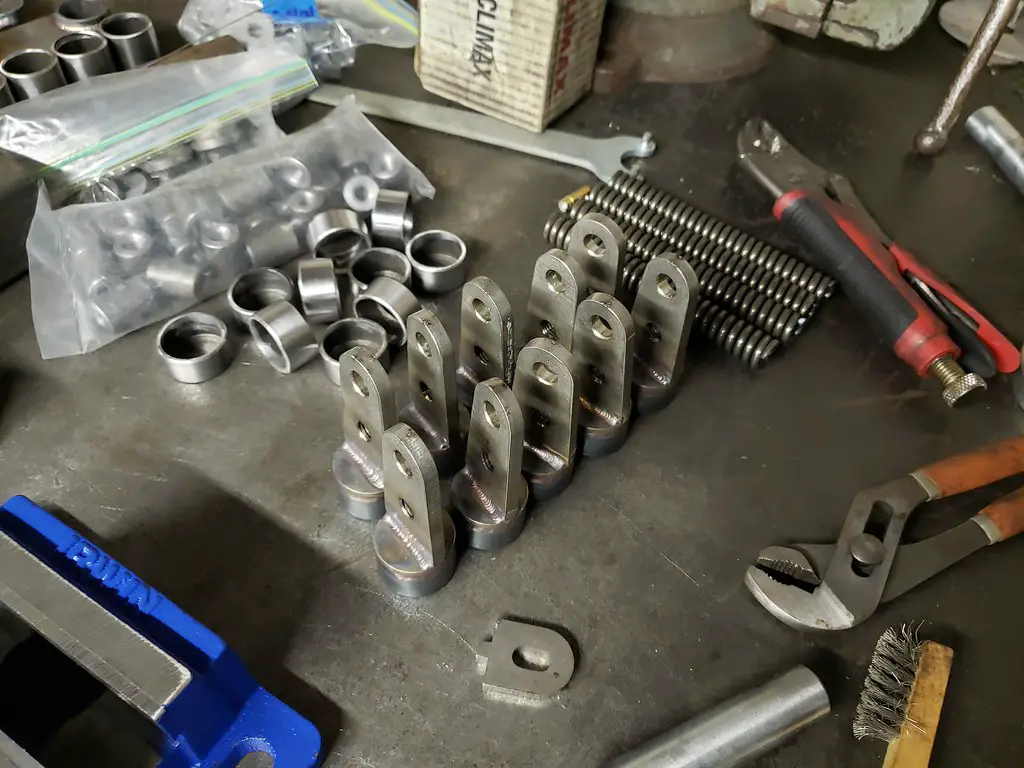 Lug Pieces
Lug Pieces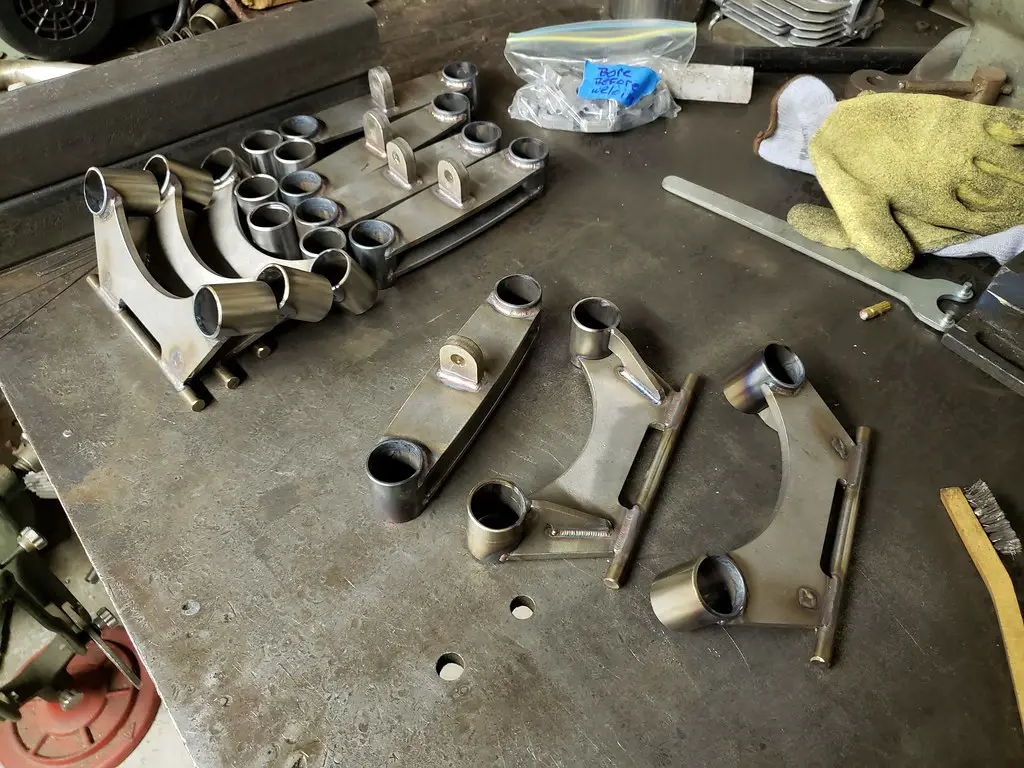 Lug Pieces
Lug Pieces